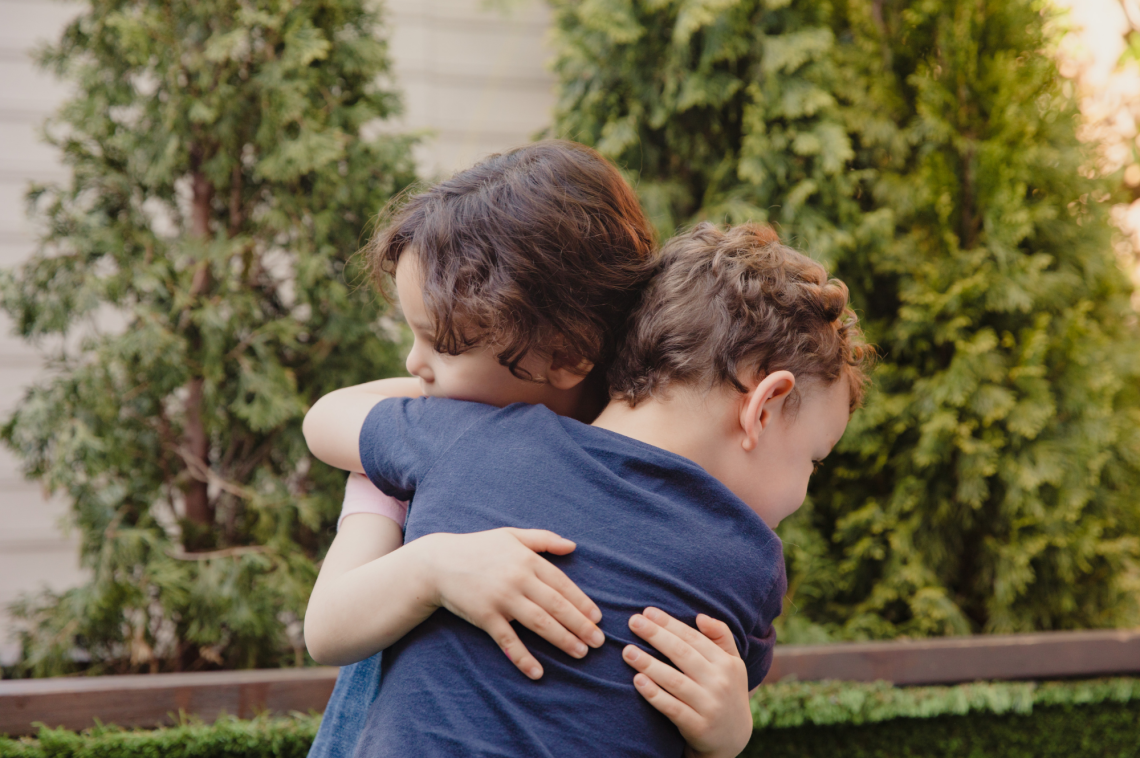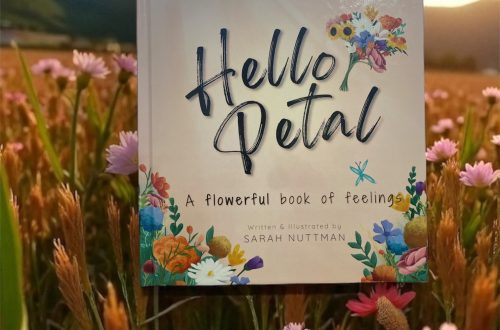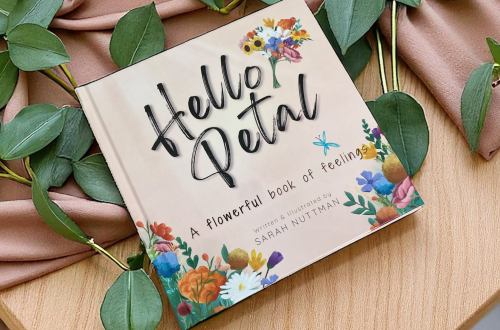
Gentle Ways to Talk About Feelings With Young Kids
Big feelings are part of childhood — but talking about them doesn’t always come easily. As adults, we want to help. But it’s not always clear how to start the conversation, especially when emotions are running high.
The good news? Children don’t need perfect words or polished lessons — they need connection, permission, and practice. When we talk about feelings gently and often, we help them build lifelong emotional strength.
🌱 Why It Matters
Young children often express emotions through behaviour before they can name what’s going on inside. As Maggie Dent, author and parenting educator, explains:
“When kids act out, they’re often acting from an unmet emotional need. Naming the feeling is the first step to calming the storm.”
(Source: Maggie Dent, Mothering Our Boys, 2018)
Naming emotions is powerful. It builds emotional literacy and helps children feel understood. Gen Muir, paediatric occupational therapist and founder of Connected Parenting, reminds parents:
“Co-regulation comes before self-regulation. Your calm helps your child calm.”
(Source: @connectedparenting.au on Instagram)
🌼 Gentle Ways to Talk About Feelings
Here are a few respectful, evidence-backed ways to invite more emotional language into everyday moments:
1. Name What You See, Without Fixing
“You look really frustrated right now.”
“That was a big disappointment, huh?”
This helps kids feel seen and gives them language for what’s going on inside.
💬 Why it works:
According to a 2007 UCLA study, naming emotions (“affect labeling”) reduces amygdala activity, calming the brain’s threat response [1].
2. Use Books and Stories as Conversation Starters
Stories allow children to explore feelings from a safe distance. Characters become mirrors — or even guides.
Try asking:
“How do you think that character feels?”
“Have you ever felt something like that?”
📚 Tip: Look for books that show a variety of emotions, not just “happy endings.” (Like Hello Petal, where each flower represents a different feeling — all of them welcome.)
3. Use Visual Aids (Feelings Charts or Flower Analogies)
Big Little Feelings, a popular parent education platform, often shares simple visuals to help kids match words with their inner experience [2].
You can try:
- Face charts
- Flower metaphors (“Are you a closed bud today or feeling sunny like a daisy?”)
- Colour cards for mood check-ins
🖍️ These tools work especially well for visual learners and pre-verbal kids.
4. Stay Curious and Open-Ended
Instead of “Why are you crying?” try:
“What’s going on in your body right now?”
“Can you show me with your hands or your face?”
💛 You don’t need all the answers — just a calm presence and a listening ear.
5. Model Emotional Honesty
Children learn from what we do.
Letting them hear things like:
“I’m feeling a bit overwhelmed, so I’m going to take some deep breaths.”
…teaches emotional literacy in real-time.
🌿 As psychologist Dr. Vanessa Lapointe says:
“Children don’t need you to be perfect. They need you to be present.”
(Source: Discipline Without Damage, 2016)
✨ Key Takeaway:
Talking about emotions isn’t about being a therapist — it’s about being a safe place.
When we approach feelings with gentleness, we raise children who feel confident expressing themselves — and more tuned in to others, too.
📘 Explore Emotions Together
If you’re looking for a gentle, visual way to begin these conversations, Hello Petal is available for preorder now.
Each flower in the story represents a different feeling — some loud, some soft, all welcome. It’s a heartful starting point for parents, teachers, and anyone nurturing little humans.
🧠 References & Resources
- Lieberman, M. et al. (2007). Affect labeling reduces amygdala activity. Psychological Science, 18(5), 421–428.
- Big Little Feelings. https://www.instagram.com/biglittlefeelings
- Gen Muir – Connected Parenting. https://www.connectedparenting.com.au
- Maggie Dent. https://www.maggiedent.com
- Lapointe, V. (2016). Discipline Without Damage. LifeTree Media.
- Harvard Center on the Developing Child. https://developingchild.harvard.edu





